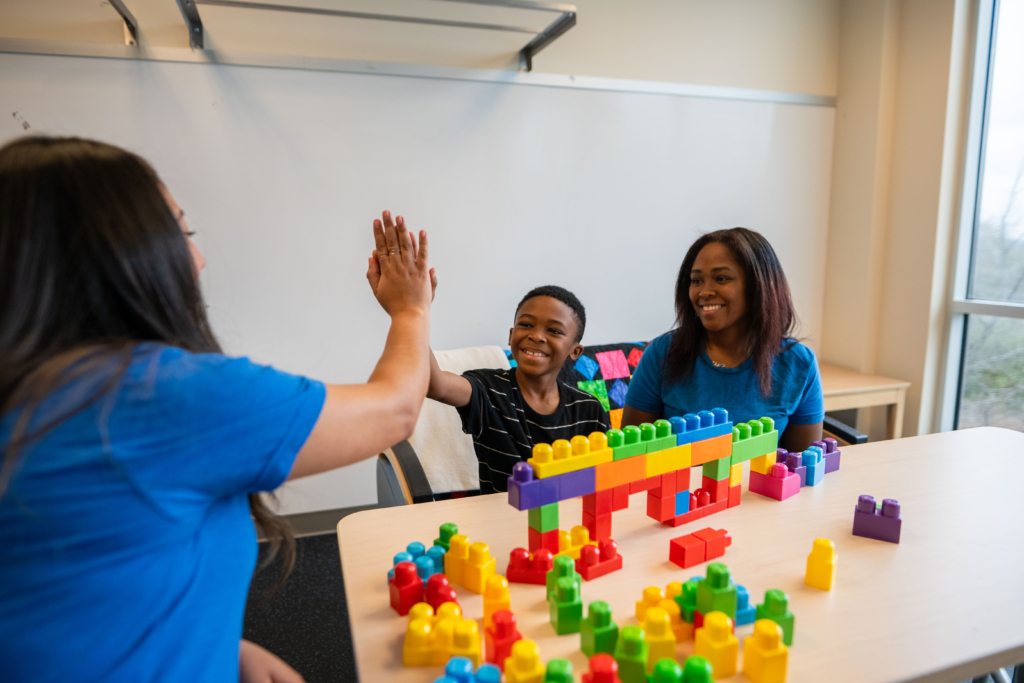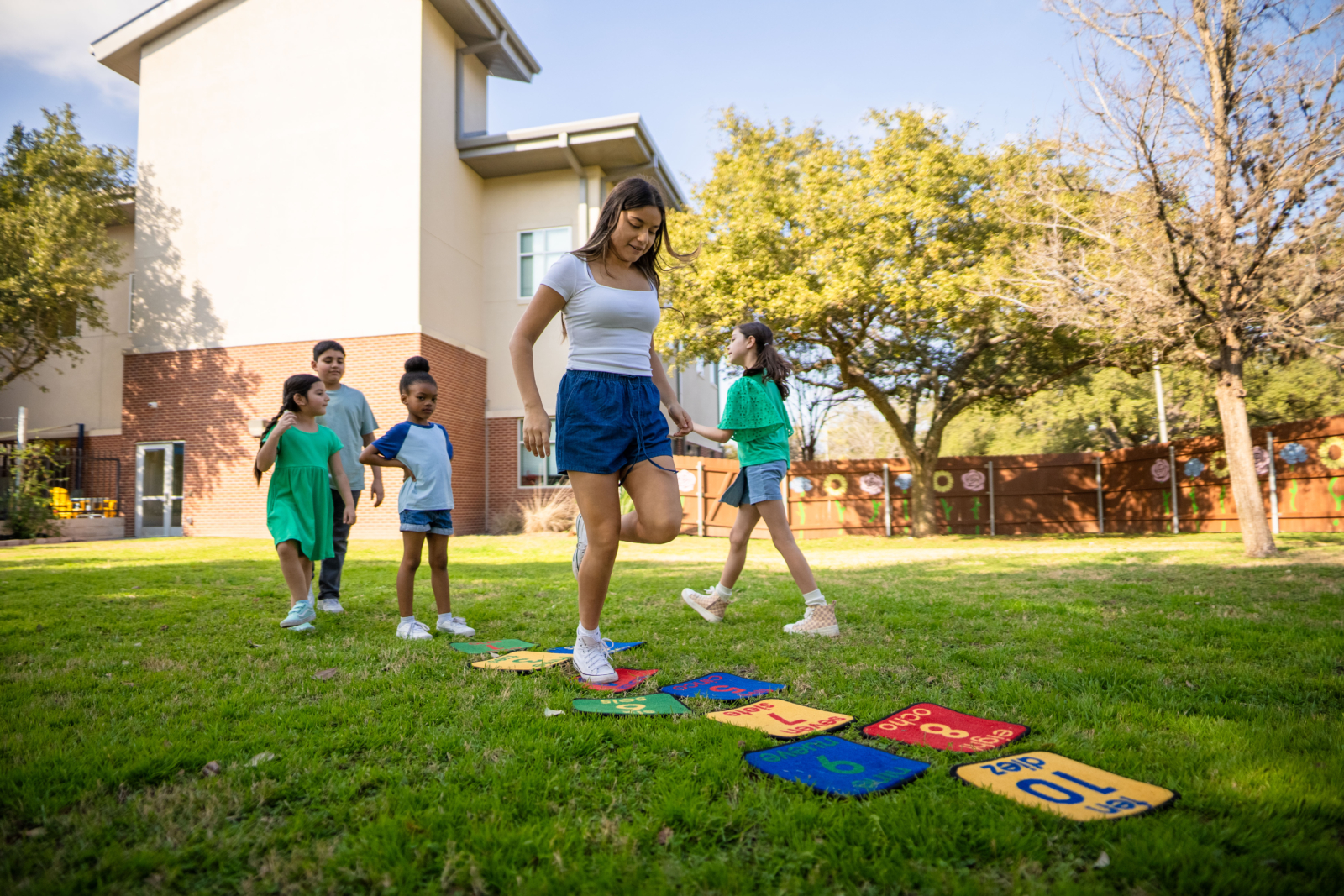Talking to your child about personal safety can feel overwhelming—but it doesn’t have to be. Parents and caregivers are always looking for ways to protect their kids and help them feel confident, secure, and supported. That includes teaching them how to recognize unsafe situations and speak up when something doesn’t feel right.
Just in time for Child Abuse Prevention Month this April, Children’s Advocacy Centers of Texas (CACTX) has released a new resource designed to help: “Quick Tips for Parents.” Available in both English and Spanish, this guide offers simple, everyday actions you can take to help prevent child sexual abuse and build a culture of safety in your home.
At the Center for Child Protection, we know prevention starts with awareness—and that some of the most powerful tools we have are the conversations we have with the children in our lives. Abuse can happen to any child, and it’s most often committed by someone the child knows and trusts. But the good news is: there’s a lot we can do to help stop it before it starts.

Here are a few highlights from the CACTX guide to help you start those important conversations and create a safer environment for your child:
Talk Early and Often
Use the correct names for body parts from an early age. Talk about personal boundaries and reinforce that no one—no matter who they are—should ever touch them in a way that makes them feel uncomfortable.
Practice “What If” Situations
Role-play common scenarios so your child knows what to do if someone asks them to keep a secret, makes them feel unsafe, or violates a boundary.
Set Technology Ground Rules
Discuss safety when using phones, tablets, and computers. Know the apps your child uses and who they’re communicating with, and use parental controls to help manage access.
Monitor One-on-One Situations
Abuse often occurs in isolated settings. Pay attention to who your child spends time with, and avoid situations where they’re alone with adults or older youth outside the family.
Use Everyday Language to Build Trust
When safety conversations are normal and ongoing, your child is more likely to speak up if something goes wrong. Try phrases like:
- “Nobody should touch you in ways that make you feel scared or uncomfortable.”
- “You never have to hug or kiss anyone you don’t want to—even if it’s family.”
- “It’s not your fault if someone makes you feel unsafe. Always tell me or another trusted adult.”
Learn the Warning Signs
Watch for changes in behavior like withdrawal, anxiety, fear of certain people, or regression in habits. These could be signals that something isn’t right, and it’s important to have a calm conversation with your child.
Report Suspected Abuse
In Texas, all adults are legally required to report suspected child abuse. Call the Texas Abuse Hotline at 1-800-252-5400 or visit www.txabusehotline.org. You can also report directly to law enforcement by calling 911.

Together, We Can Protect Austin Kids
Preventing abuse doesn’t have to feel overwhelming. It starts with awareness, continues with everyday conversations, and is strengthened by informed, caring adults like you.
Explore the full “Quick Tips for Parents” guide and download the English or Spanish version below, or at www.cactx.org. And for more local resources, programs, training, and prevention tips, keep exploring our website!












